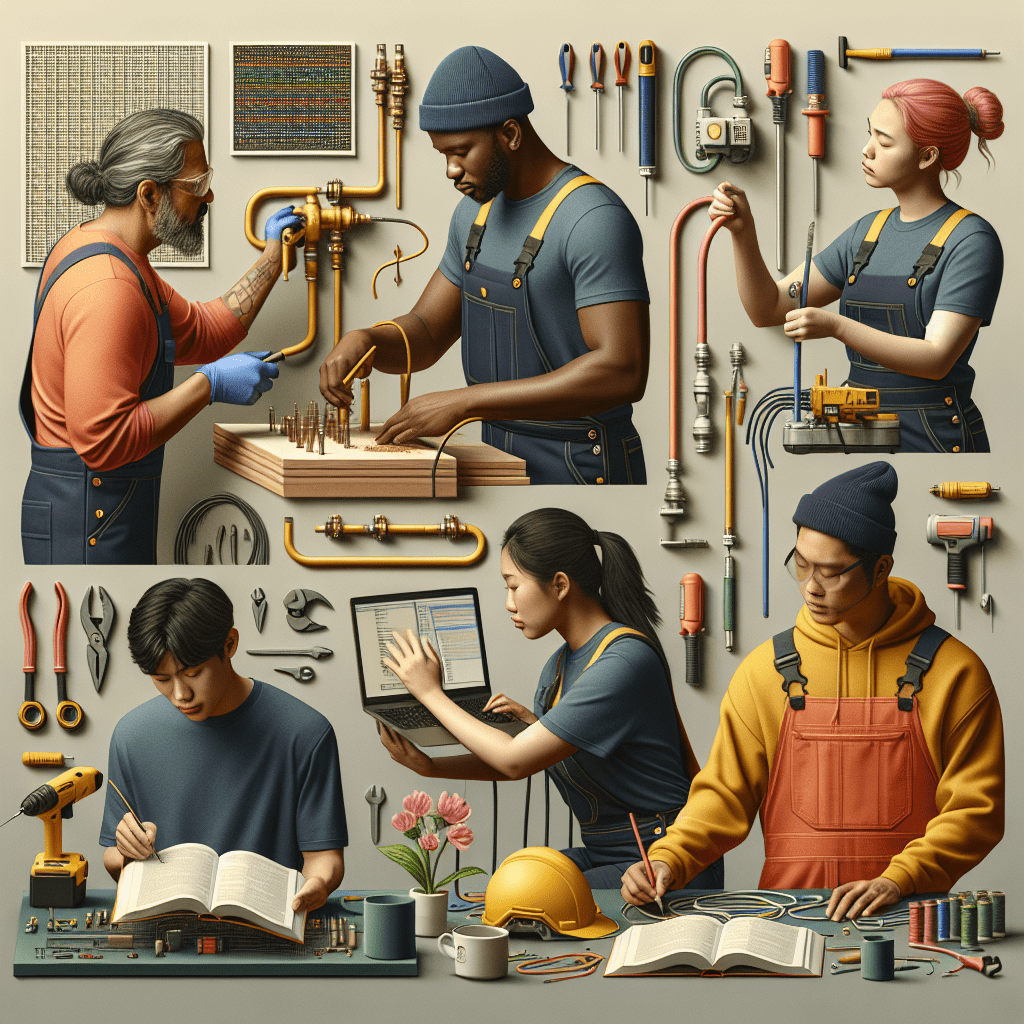
Bridging the Gender Gap in T Levels: Strategies for Equality and Empowerment

Insight is Power: Let’s Talk About T Levels and Gender Disparity
Have you ever pondered why certain fields seem to have a disproportionate number of men or women? When we look into the latest T Level and Vocational Technical Qualifications (VTQ) results, it’s striking how gender disparity reveals itself in academic performance. This isn’t just a statistic; it’s a conversation we need to have.
The Gender Gap in T Levels
Let’s dive right in. When we examine T Levels, a vocational qualification designed to prepare students for work, we see a clear trend. Women pursuing traditionally male-dominated subjects often struggle compared to their male counterparts. Meanwhile, the reverse is true in fields where women typically excel.
This disparity raises some important questions. Are we doing enough to support women in these challenging subjects? Or are we simply expecting them to thrive without the necessary backing?
As someone who’s had a fair bit of experience in various industries, let me tell you: navigating male-dominated fields can be tricky. I remember attending my first engineering meeting years ago, feeling completely out of my depth. It’s not just about skills; it’s about confidence, support, and a nurturing environment.
Understanding the Roots of Disparity
So, what’s going on here? The education system has made strides, but traditional mindsets often linger. If we want our young women to embrace engineering, technology, and other typically male-oriented fields, we need to reshape how we support their journey.
This can take many forms. For starters, mentorship programmes are crucial. Young women thrive when they can see successful role models who share similar backgrounds, experiences, or aspirations. These connections can inspire confidence and open up new opportunities.
So, how do we create these opportunities? What resources can we tap into to help equip future generations with the skills they need? Encouragingly, some initiatives have already begun to pave the way.
Building a More Equitable Future
We must begin by fostering an inclusive culture in schools and colleges. This means not just addressing the curriculum but engaging with the students and understanding their needs. It’s about creating a safe space where both boys and girls feel equally valued.
If we look at fields where women perform exceptionally well, there’s a common thread: collaboration and support. Take healthcare or education, for example. These sectors thrive on teamwork and community spirit. We need to instil similar values in every subject area.
It’s all about learning from our successes, isn’t it? We should ask ourselves how we can replicate those inclusive strategies in the realms where women tend to be under-represented. This isn’t just about equality; it’s about harnessing the power of diversity for innovation and creativity.
What Can We Do Today?
So, what steps can we take now to tear down these barriers? First, let’s advocate for more visible female role models in every subject area. Schools and colleges should work to ensure that women are not just participating but leading in every field. This is a powerful way to shift perceptions and build confidence.
Additionally, we can enhance our mentoring programmes and actively engage both students and teachers in discussions around gender disparity. We need to create environments where young women feel capable of excelling and supported throughout their educational journey.
Let’s not forget about involving parents in this conversation too. They play a vital role in shaping attitudes towards education and careers. Encouraging open dialogue at home about gender roles can make a significant difference.
The Road Ahead
So, I leave you with this thought: What steps do you think we, as a society, should take to truly break down these barriers? Let’s keep this dialogue going!




